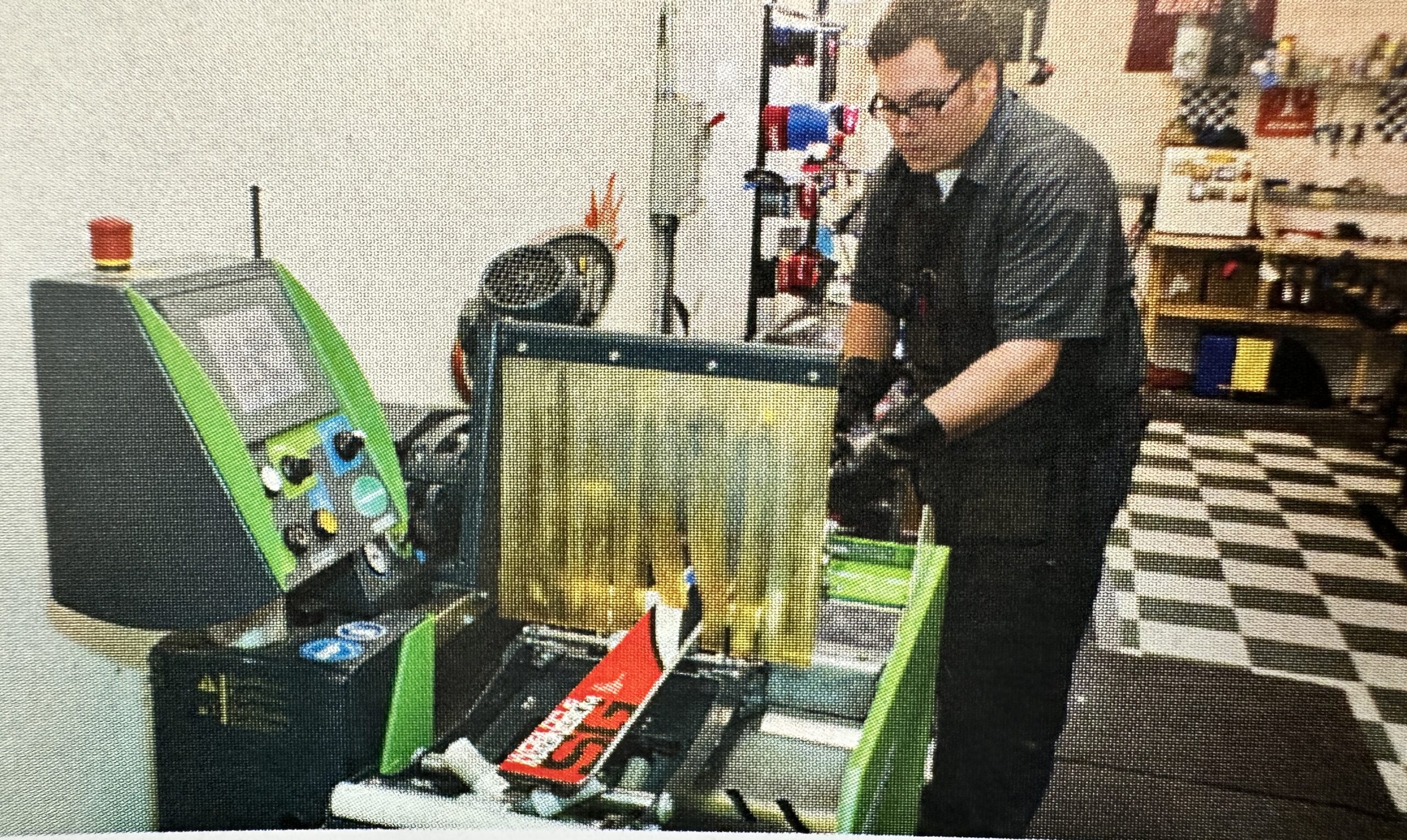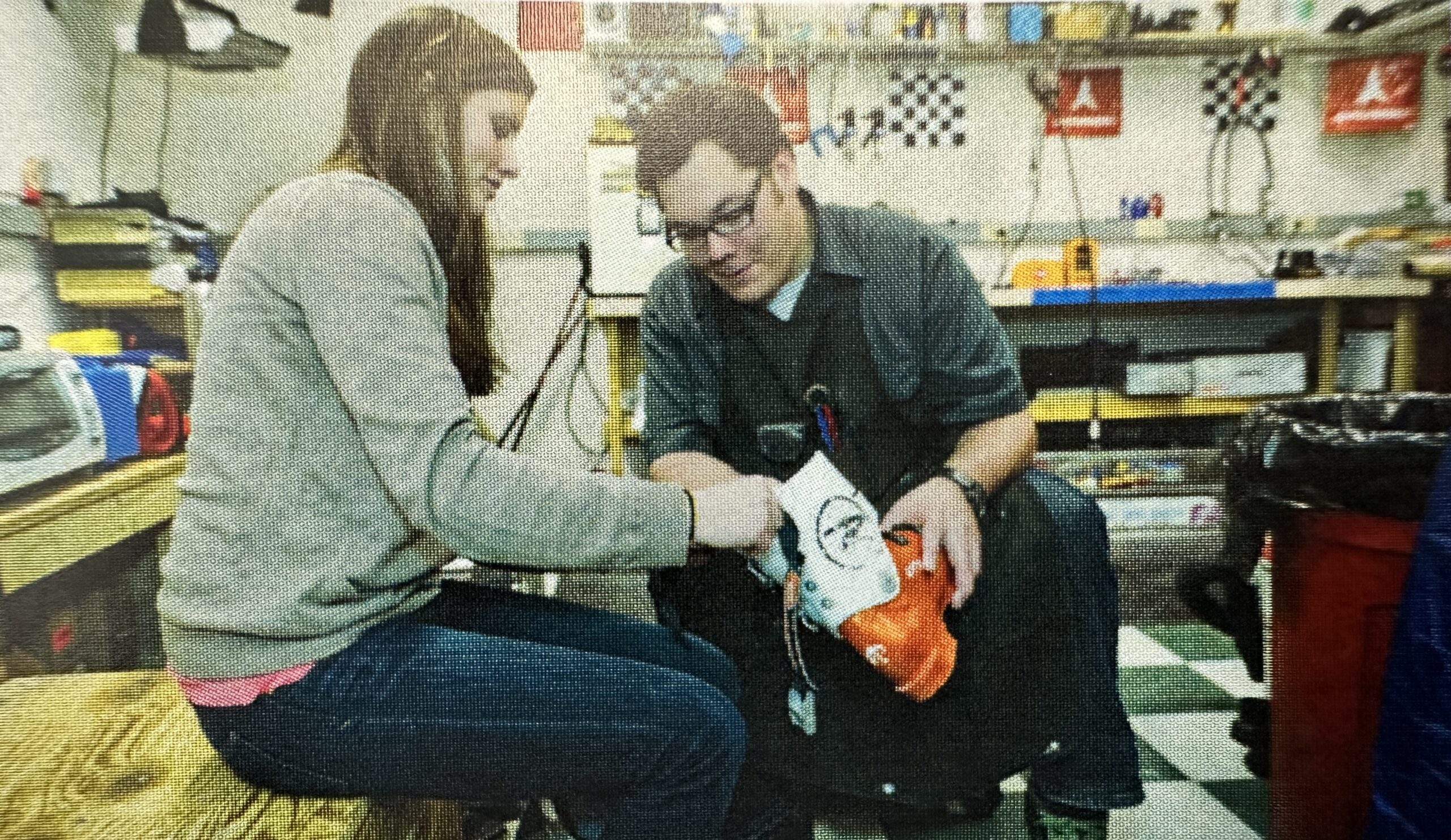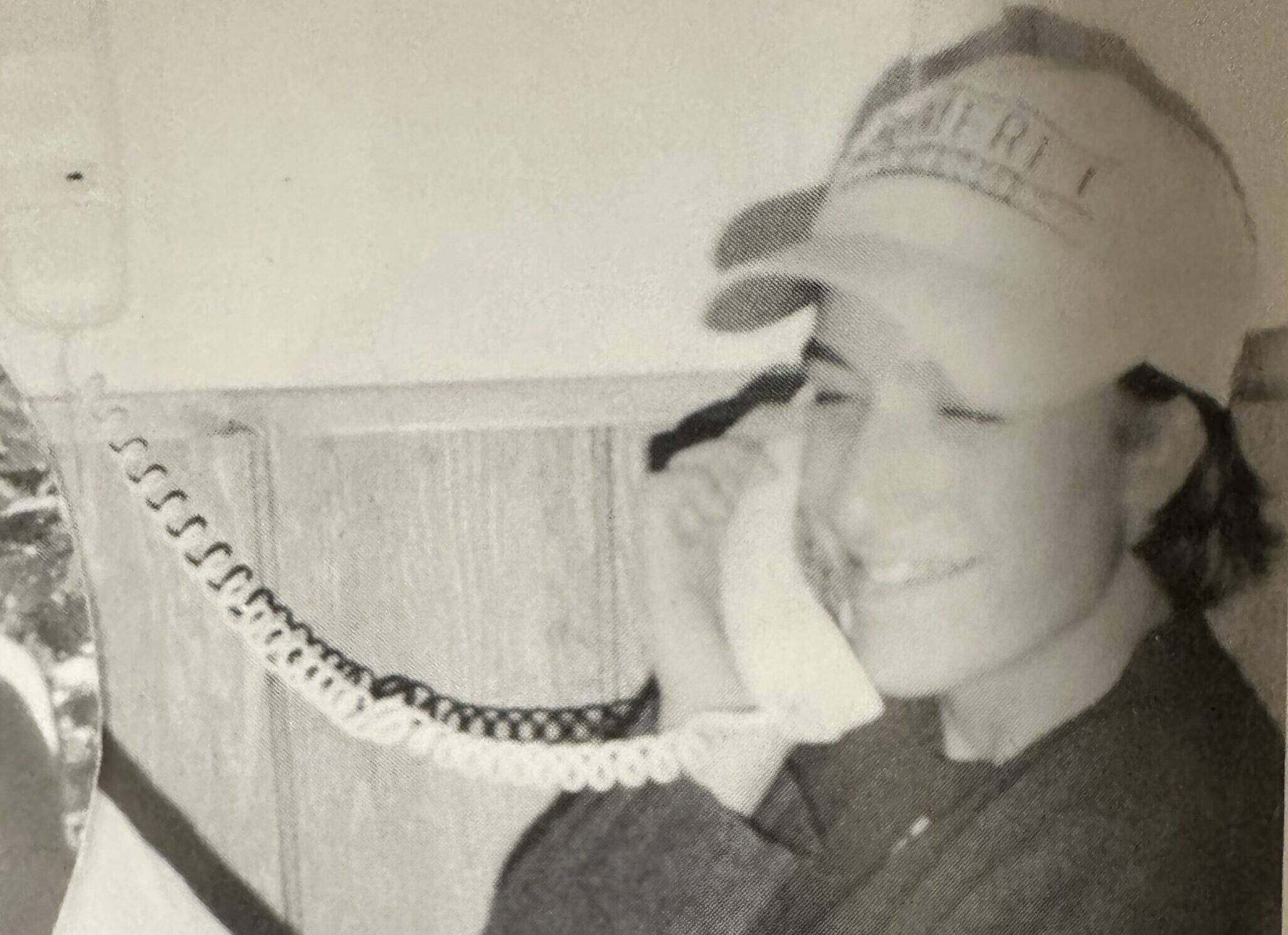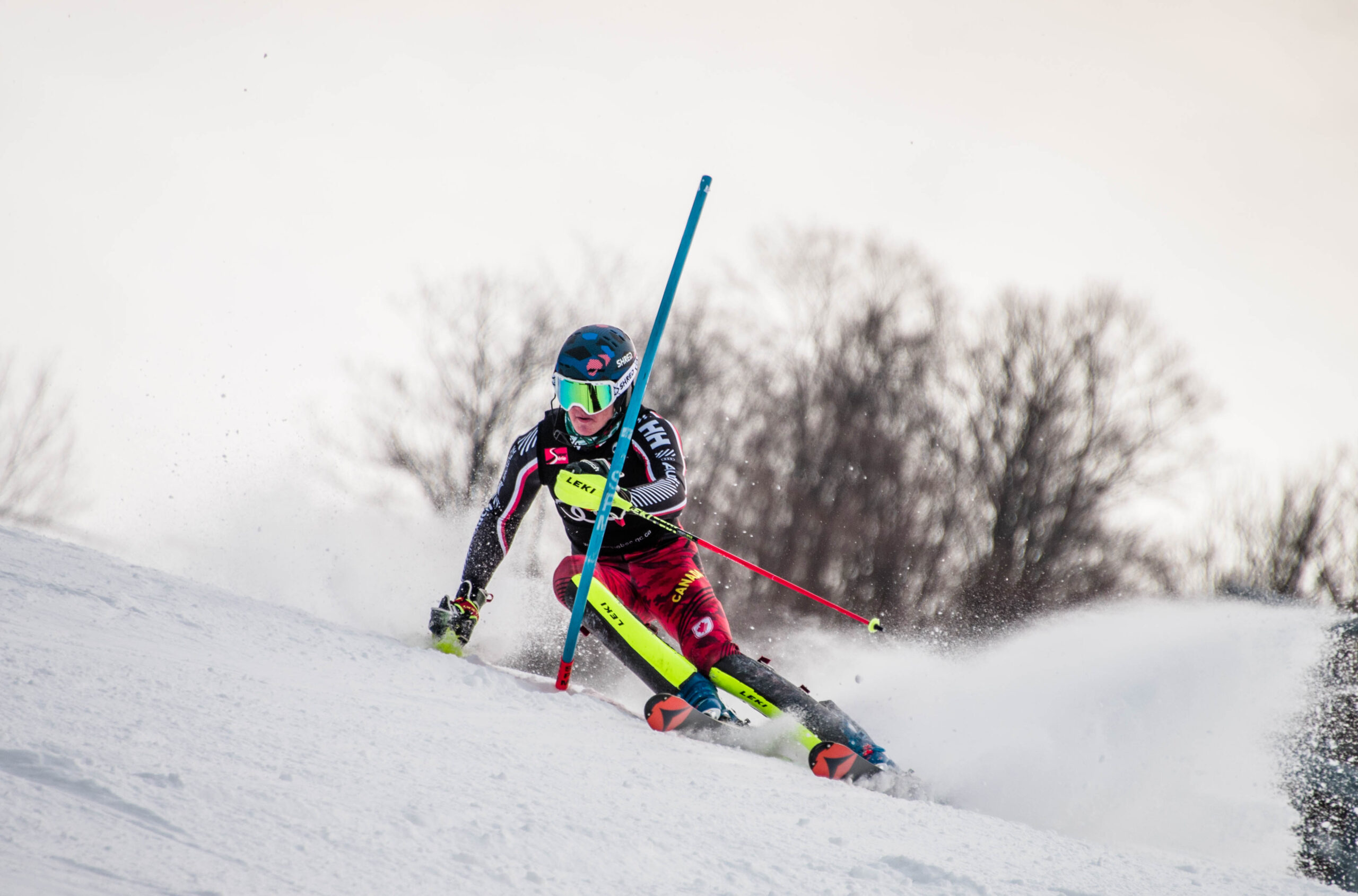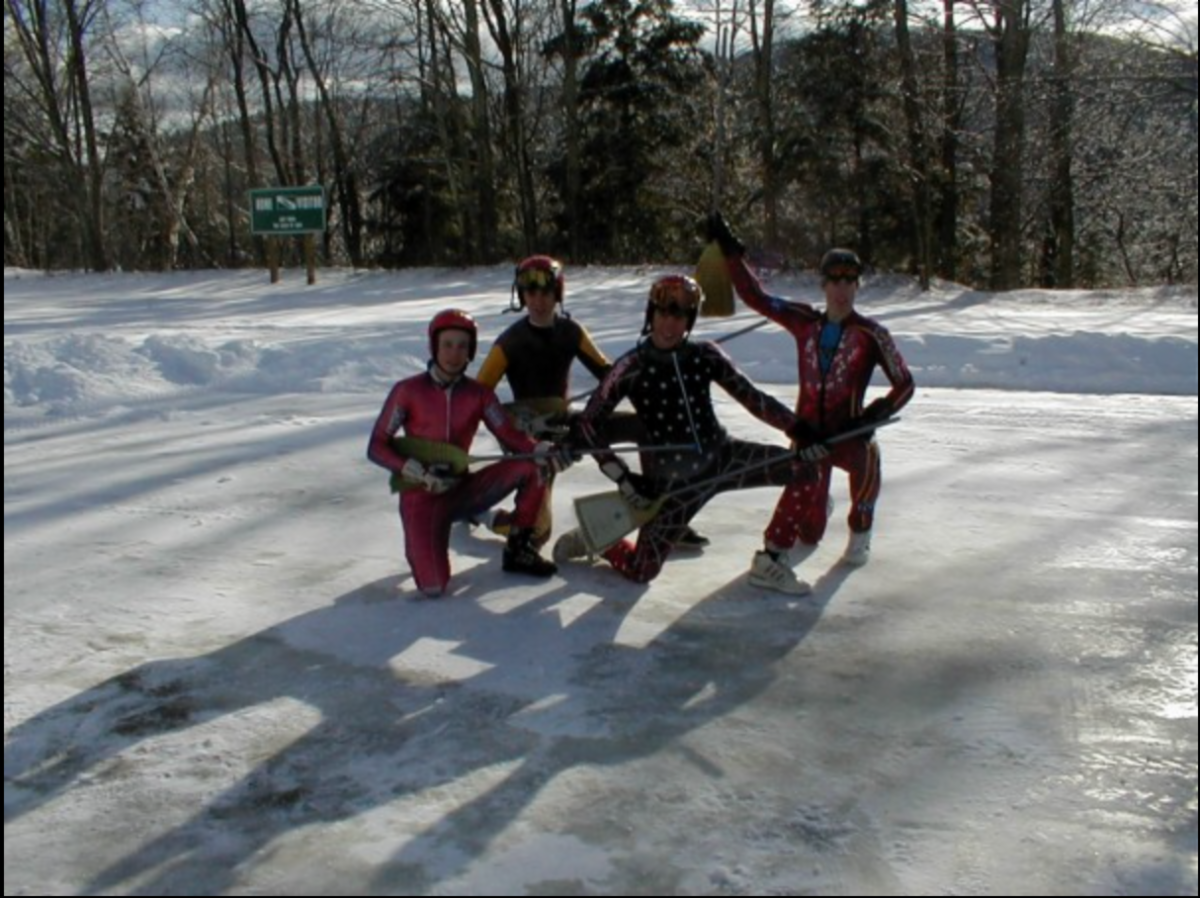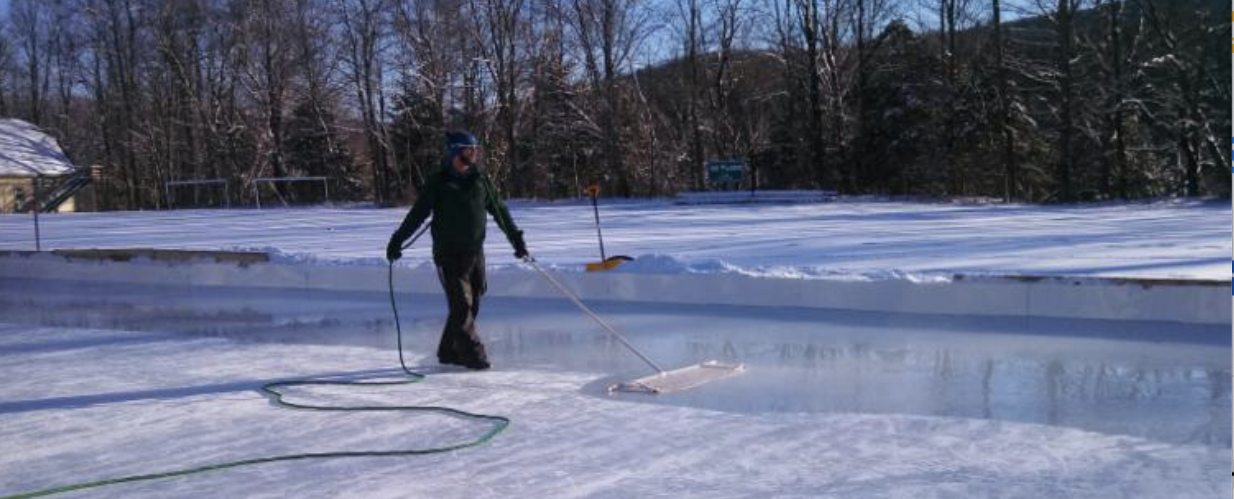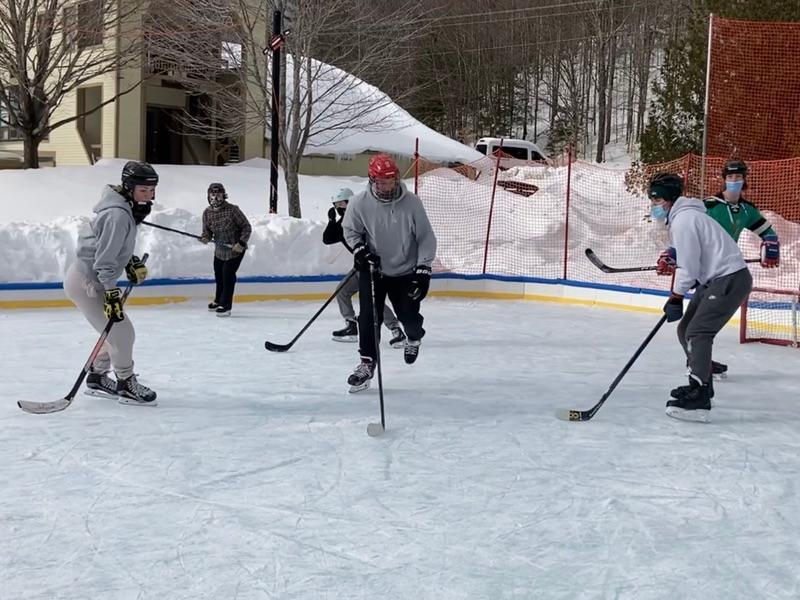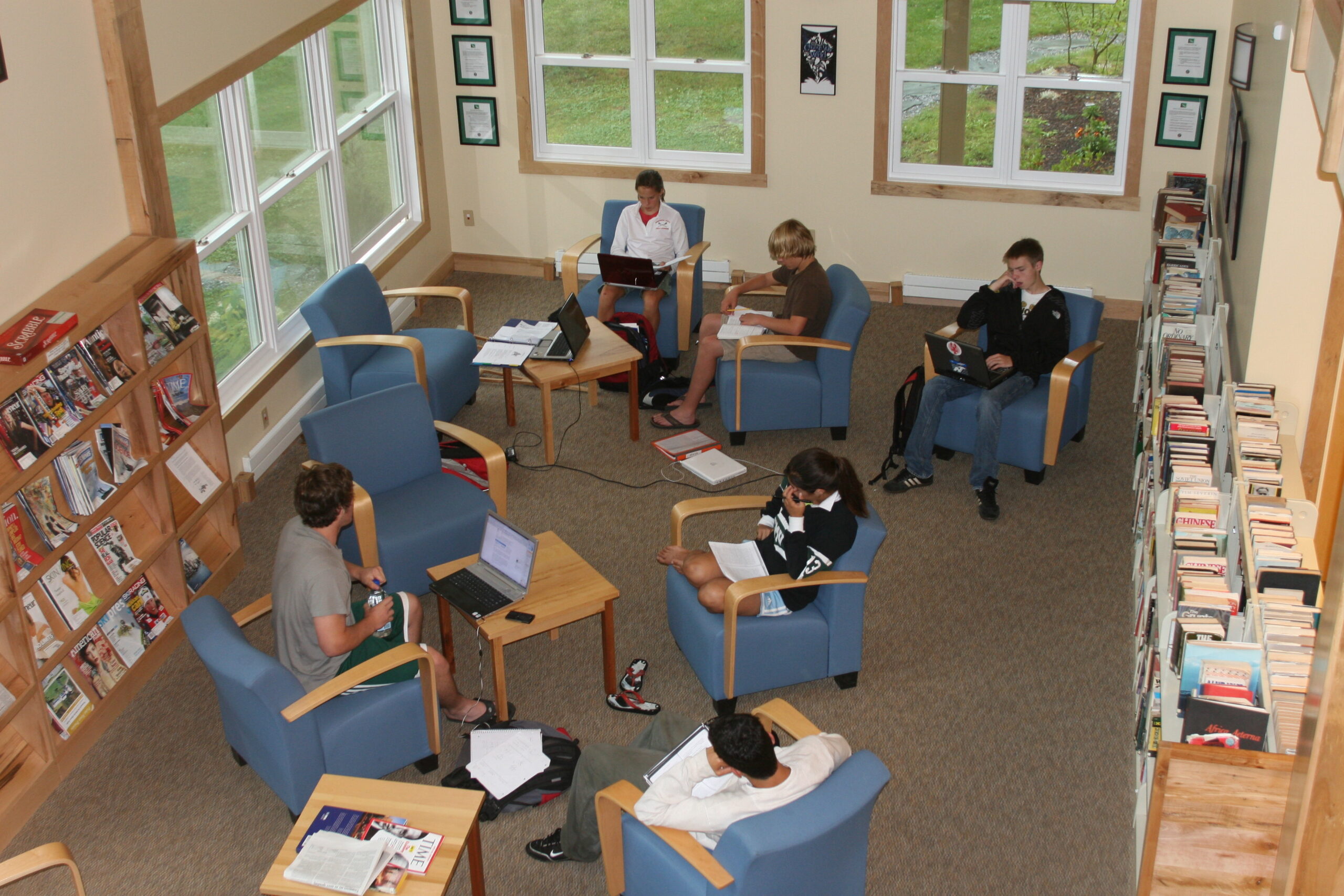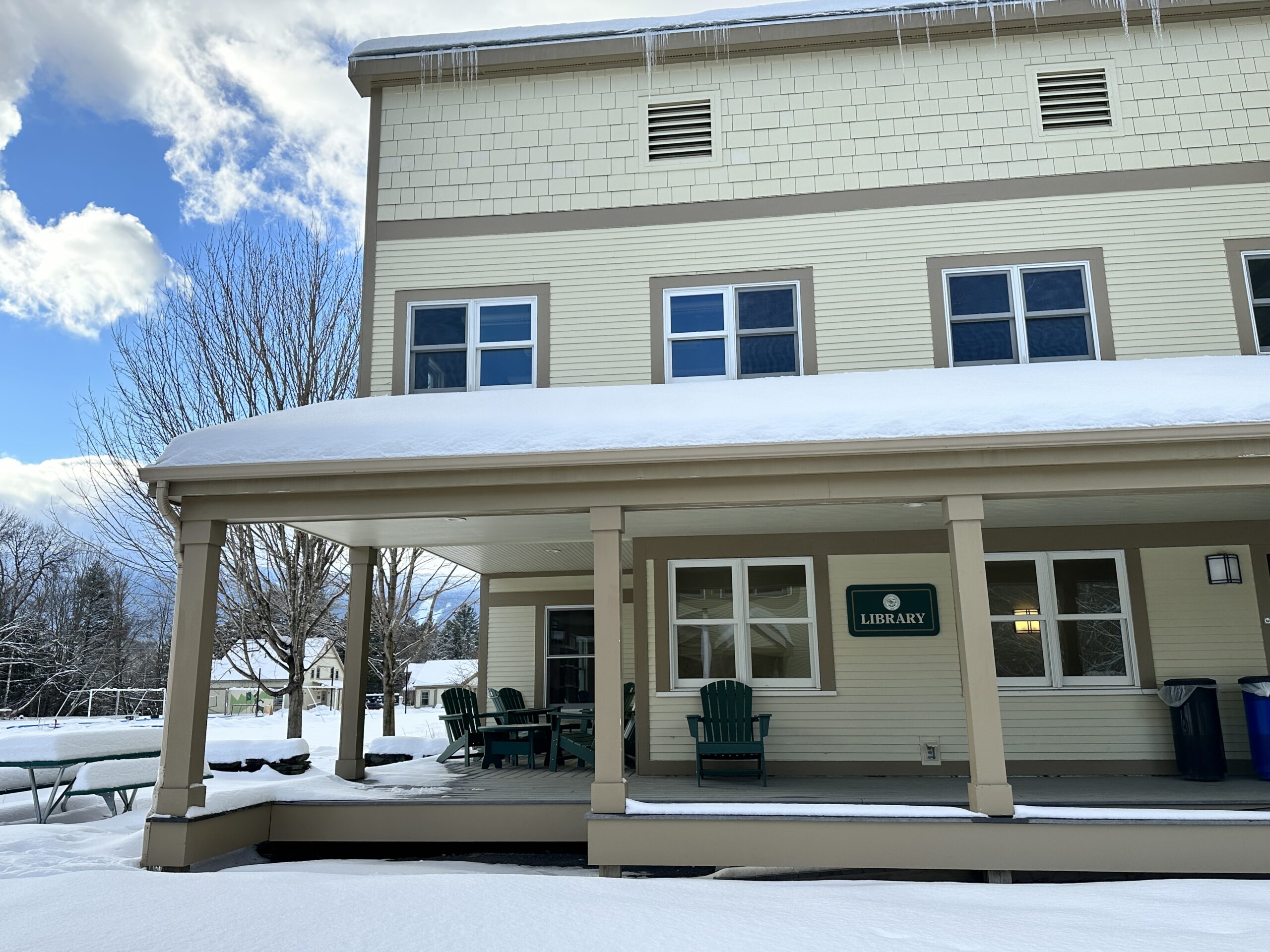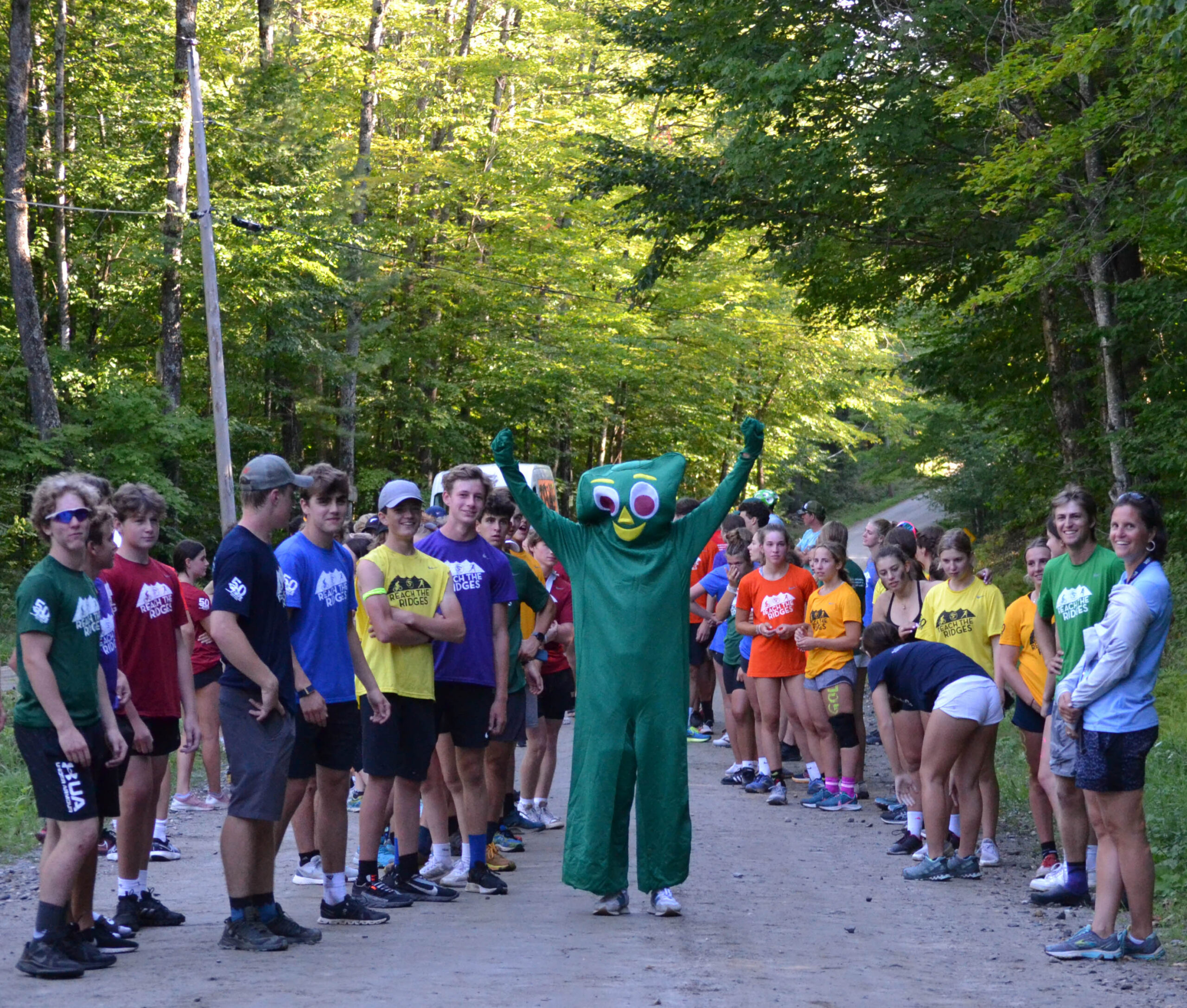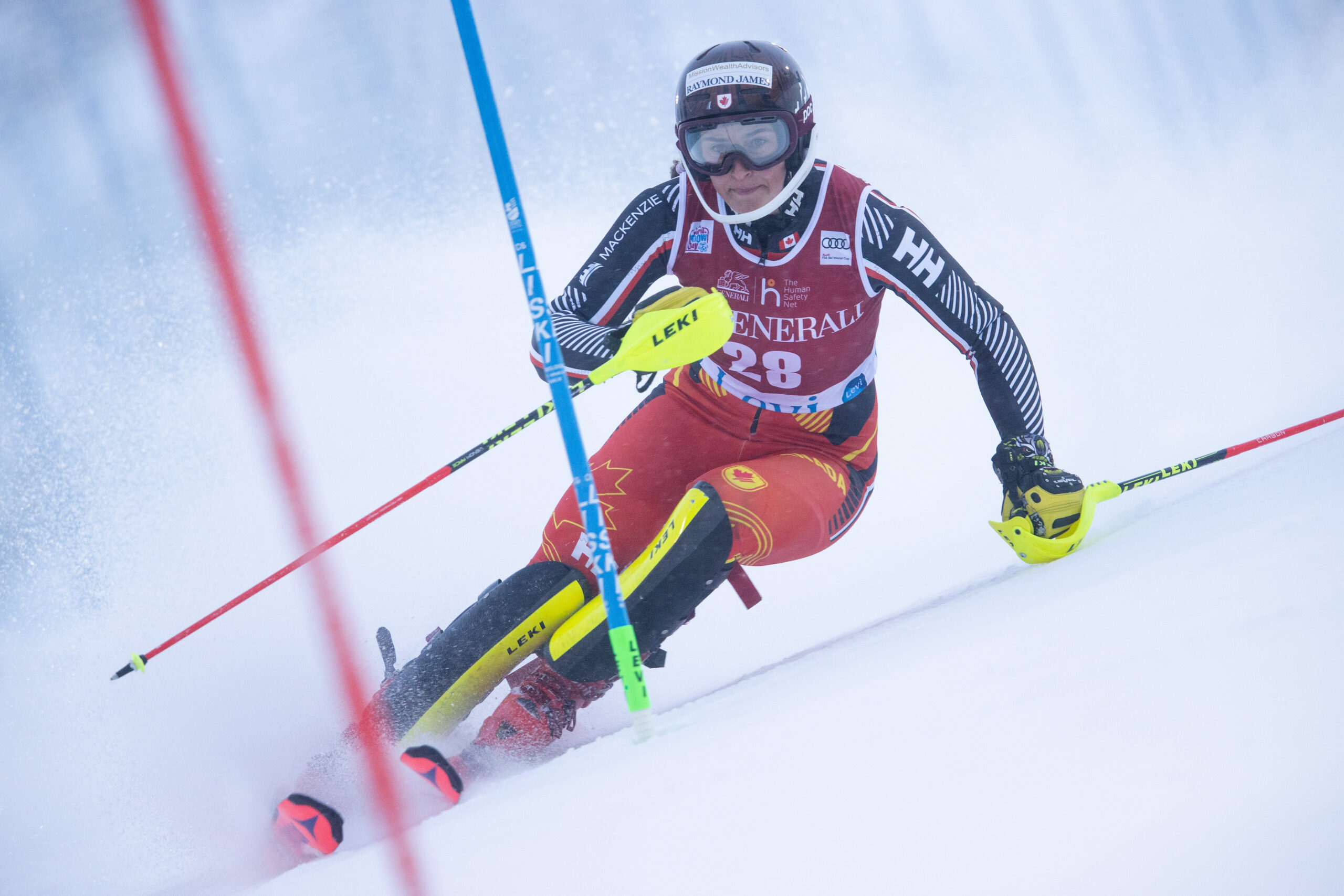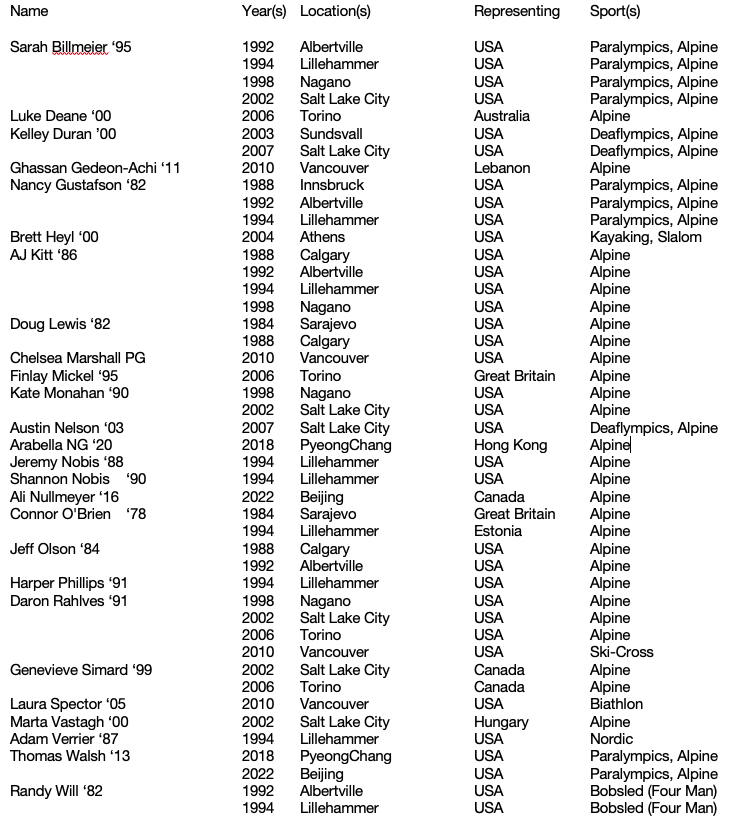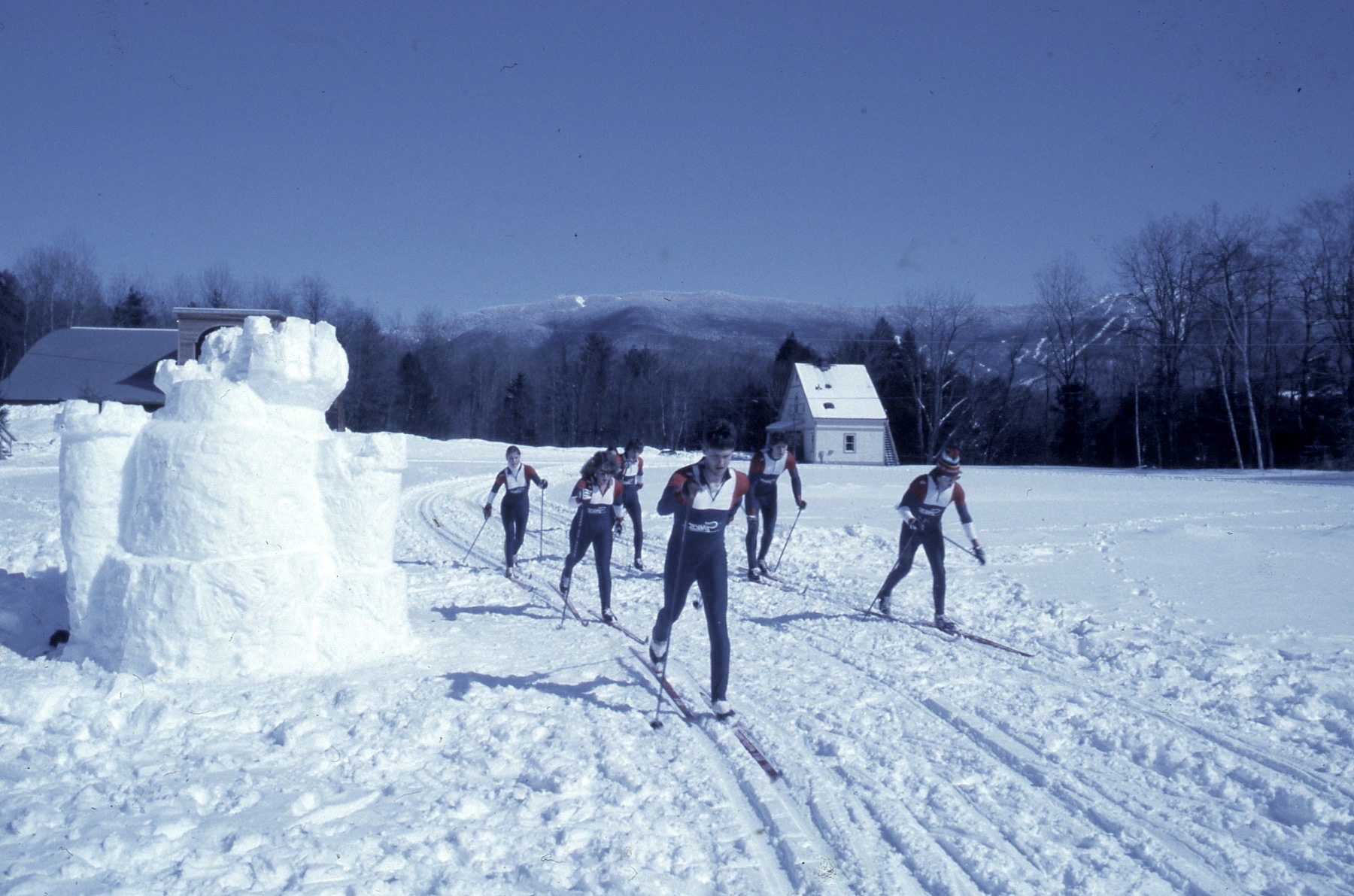STAYING SHARP AT GMVS – FACT 24 of 50
Tuning skis and maintaining equipment is an integral part of ski racing. Today’s student-athletes utilize state-of-the art equipment and technology located in the Racing Performance Center (RPC), but the current offerings haven’t always been available. Up until we moved tuning to the RPC, each dorm basement had student tuning areas which are now used for storage.
The professional space, where ski mounting and boot work is done has moved many times. Between 1977 and 1980 the old Farmhouse garage housed a small room where ski and boot work was done. The “professional space” moved to the basement of the Farmhouse in 1980 and remained there for a number of years until it moved to the basement under the faculty apartment in Witch’s Hat. In 1996, the space returned to the basement of the newly built library until 2002 when it moved to the DPC basement, and eventually was moved to the old gym weight room (now the current art room).
Since 2016, GMVS’s Service Center and expert technicians have been based out of the RPC and offer premier ski services to GMVS students and the community at large. Within the Service Center lives a state-of-the-art Wintersteiger Jupiter tuning machine which provides students with World Cup level ski preparation including the perfect base grind, sidewall prep, and setting edges to a high level of precision. Also located in the space is a custom boot fitting room where athletes can work hand in hand with a GMVS technician to fine tune their boots for ultimate performance.
Adjacent to the Ski Service Center is a highly functional student tuning room that provides athletes with space to tune their own skis, collaborate with one another, and get hands-on instruction from our expert team of technicians. Downdraft tables help filter vapors from waxing and also remove metal particulates out of the air from hand-held edge machines that are becoming more common.
Conveniently located a few steps down the hall from the tuning room are two equipment storage rooms with ski racks and boot dryers for optimal organization and functionality, a significant improvement from storing skis and poles in the dorm basement and drying ski boots in individual dorm rooms.

